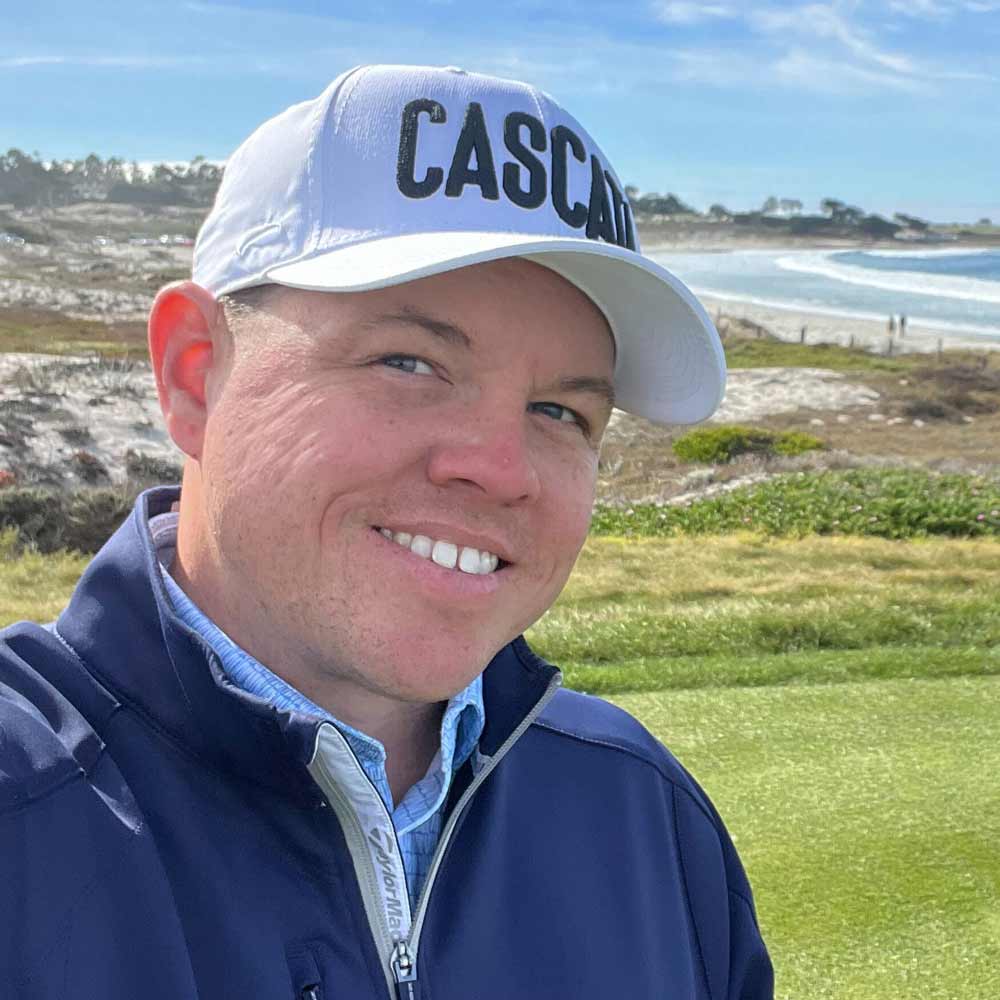
Kris McCormack
March 7, 2025
Ball speed is important, of course. But so is control and consistency.
Getty Images
Let’s face it, our golfers are obsessed with speed.
Ask almost any player what the most important data point is when looking for a new driver, and most will prioritize the speed and distance of anything else. One of the most satisfying feelings on the golf course is to get ahead of your competitors and then be able to hit them as you wait for the last hit. The trouble is that for many of us, speed comes at a price.
Maximizing ball speed during driver assembly will undoubtedly result in longer drives. However, if you don’t identify some other metrics, these long bombs will be few and far apart.
Don’t get me wrong, if you add a new driver to the bag, obviously you want to speed up. We just need to ensure the speed of addition, while also maintaining control and consistency. Let’s take a look at some other data points and how to combine the appropriate speed with playable startup parameters.
I will use myself as an example. My average driver Clubhead speed is close to 112 mph. In a perfect world, if I improve efficiency (also known as the crushing factor), I have Potential Maximum ball speed of 168 miles per hour.
- Ball speed = club head speed × crushing factor
- this Perfect The crushing factor of the drive is 1.50which is the PGA Tour standard to optimize the impact. Again, this is travel Standard, not average Jos
- With 112 mph club head speed, my potential Maximum Ball speed is: 112mph×1.50 = 168 mph
Now that we know how we can reach the potential maximum number, let’s talk about real-world applications and manage expectations.
If I have any hope to see a 168mph ball speed from my current Clubhead speed, then I will need to hit a very low elevated driver and hit the center of the face most of the time. Even with 2 indexes (well, close to 3 indexes!), I miss the center of the face more than the one hit. The lack of the center of the face means I need to make sure my launch angle, rotation angle, apex height and landing angle are all optimized to keep my balls working when I am not in my best case.
To optimize my launch and rotation, I need to play a higher head than I play to maximize the ball speed. For example, if I chase a ball speed of 168 mph, I might achieve this number with 8° or less on the driver’s head. Unfortunately, a low attic will also produce lower launches (lower rotations) and will generally be shorter than something with a higher attic. While a higher head will produce slower ball speeds, a higher loft will produce higher launches and more rotations.
Here, accessories come into play and provide a place to control when it is appropriate to sacrifice speed. Sacrifice an hour of ball speed for a few miles, but optimizing my launch, rotation, maximum altitude and landing angle will last longer on average for more accurate drives.

Real spec club fit
Are you ready to improve this season’s game? Now book with real spec experts.
Book your fit
Let me explain: My club head speed won’t change, but a driver with a toy with a higher static loft (from 8° to 10.5°) will cost me 3-4 mph ball speed. However, additional rotation and higher emission will ensure more consistent carrying of numbers and maintaining stricter dispersion more frequently. Knowing this, let’s refer to my current game driver and the numbers I use on average 10.5° head-optimized tees.
- Head speed: 112 mph
- Ball speed: 163-165 mph
- Published: 12-14 degrees
- Rotation: 2,200-2,500
- Maximum height: 100-110 feet (Percentage of carrying code)
- Landing angle: 36-38° (shallow enough to maximize potential rollout)
- Average carry: 280-285 yards
If you continue to focus on the fastest ball speed, you may be paying the yardage and total distance. We landed a variable that is constantly changing, so work with the fitter to figure out which one is best for you.
Remember, hitting a three-pointer is never fun, so don’t catch the speeding! Maximize your carrying potential and have more control in your life.
To dial the ideal driver for the game, consult a fitter in the real-specification golf in your local golf.

Kris McCormack
golf.com contributor
McCormack, based on a career spanning over 20 years in the golf industry, served as Vice President of Tourism and Education at True Spec Golf for the last six years of his career. During this time, he planned training programs for real spec fit personnel and promoted more continuing education courses. and manage their tourism sector and establish relationships with many OEM partners. Before joining the real spec team, McCormack worked with several industry-leading manufacturers to become a major level professional. In addition to being a coach and working with the Golf Channel Academy, he serves as a lead lecturer and a professional with inappropriate branding. He also works with the R&D team to assist in the product design, testing and development of various equipment distributions. He is a golf enthusiast and lives in the gear space!
Source link



